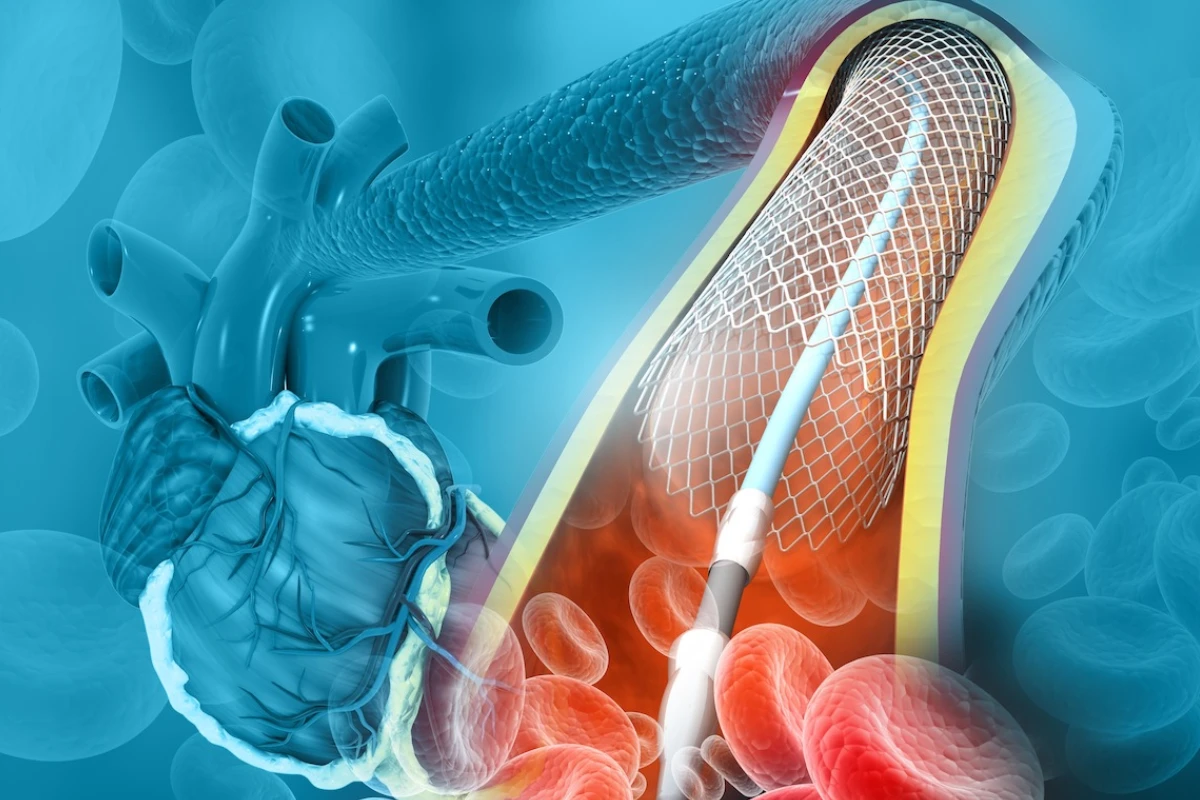Primary Angioplasty for Heart Attack Treatment
A heart attack, or myocardial infarction, occurs when blood flow to the heart is blocked, often due to cholesterol plaque buildup in the coronary arteries. This interruption can damage or destroy part of the heart muscle, leading to life-threatening consequences. The symptoms of a heart attack include chest discomfort, shortness of breath, palpitations, pain in the neck, jaw, arms, or back, fatigue, nausea, and unusual sweating. Individuals with conditions like high blood pressure, diabetes, smoking, and high cholesterol are at a higher risk.

Why Timely Treatment is Crucial
Timely treatment is critical to minimize heart damage. The ideal intervention is primary angioplasty, which involves using a balloon catheter or stent to open blocked arteries and restore blood flow. The procedure must be performed within 60 minutes of arrival at the hospital for optimal results. Delaying treatment increases the risk of severe heart muscle damage and complications.
Understanding Primary Angioplasty
Primary angioplasty involves threading a catheter through an artery to the heart and inflating a balloon at the blockage site. This opens up the artery, and a stent is placed to keep it open. The balloon is then deflated and removed, leaving the stent in place to prevent future blockages. The procedure restores blood flow to the heart and is often the preferred method for heart attack patients when done promptly.
Procedure Overview
Before the procedure, a medical history review, blood tests, and imaging (ECG, echo) are conducted. Patients must avoid heavy meals and bring their medications to the hospital. The procedure is performed in a specialized catheterization lab under local anesthesia, with continuous monitoring of vital signs. A catheter is inserted either in the wrist or groin, and contrast dye is used to visualize the blocked arteries. Once the blockage is located, a stent is deployed to keep the artery open. The procedure typically lasts between 60 to 90 minutes.
Post-Procedure Care
After primary angioplasty, patients are monitored in the ICU for 24 hours, with vital signs continuously checked. A typical hospital stay lasts around a week. Patients are advised to rest and avoid bending the legs if the catheter was inserted in the groin. Hydration is essential to flush out the contrast dye used during the procedure. Blood thinners like aspirin and clopidogrel are prescribed to prevent clotting and ensure the stent remains effective. These medications may need to be continued for several months to a year.
Recovery and Lifestyle Modifications
While angioplasty improves blood flow and reduces symptoms like chest pain, it does not cure heart disease. Maintaining a healthy lifestyle is essential for long-term heart health. This includes quitting smoking, eating a diet low in saturated fats, managing weight, and controlling conditions such as high blood pressure, diabetes, and high cholesterol. Regular exercise and adherence to prescribed medications are also critical.
When to Seek Medical Attention
Contact your doctor if you experience chest pain, shortness of breath, or swelling at the catheter insertion site. Prompt attention to these signs can help prevent further complications.
Conclusion
Primary angioplasty is a vital procedure for treating heart attacks, providing quick relief and reducing long-term heart damage. With timely intervention, proper post-procedure care, and lifestyle changes, patients can significantly improve their heart health and overall well-being.
